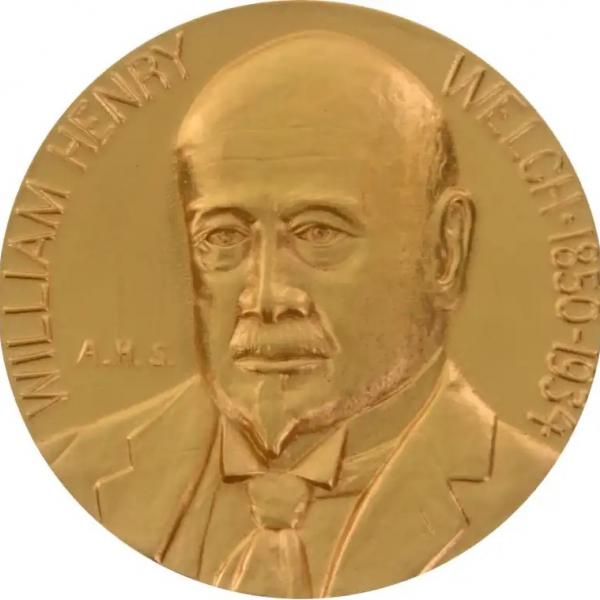In a new book, Christina Ramos uncovers the surprising role played by religious institutions in the Mexican Enlightenment.
Plagued by this quandary, the Inquisition found itself in the unlikely position of driving the medicalization of madness—that is, the transformation of irrational behavior into a medical condition—in the 18th century. The rise of modern medicine took shape within traditional religious spaces.
Christina Ramos, assistant professor of history, uncovers the story of the Inquisition and mental hospitals in a new book, Bedlam in the New World: A Mexican Madhouse in the Age of Enlightenment (University of North Carolina Press, 2022). While the Inquisition has a reputation in the public imagination as a brutal anti-Enlightenment religious organization, Ramos discovered that it was pioneering force in the development of the science of diagnosing and treatment of mental illness in colonial Mexico.
“They were some of the most sophisticated thinkers when it came to questions like, What is mental illness? And when is a crime a crime?,” Ramos said. “The medicalization of mental illness in Mexico was driven by very religious concerns about when sin counts as sin.”
Ramos discovered the connection between the Inquisition and mental hospitals while researching the early history of colonial hospitals in Mexico City. She found that hospital records from the time revealed little about the experience of patients admitted for mental illness. When she discovered that many of those patients were referred to the hospital by the Inquisition, she knew that she had stumbled upon a more robust archive.
The Inquisition kept detailed records of court proceedings and investigations. The experiences of people under investigation were filtered through the inquisitorial process, but Ramos points out that the documents are not fabricated. The stakes — for inquisitors as well as patients — were so high that cases often went on for years.
“The investigators are in this position that I call the inquisitor’s quandary,” Ramos said. “On the one hand, they're charged with extirpating heresy and disciplining blasphemers and heretics, but on the other hand, they can't punish people that aren't accountable for their crimes. They're trying to salvage souls.” By the 18th century, the Inquisition was increasingly marshalling the expertise of physicians and demanding rationalist models of proof in the form of a diagnosis in order to resolve these pressing religious concerns.
One subject of extended investigation, Jose Ventura Gonzalez, nicknamed Tebanillo, presented a case similar to many people suffering from mental illness in Mexico at the time. Gonzalez would frequently say things in public that on the surface were blasphemous. Inquisitors found a notebook in his house that contained both drawings for his occupation as an embroiderer alongside heretical and pornographic drawings.

“It’s pretty clear that heretical, offensive statements have been made against the Catholic Church just by looking at this notebook,” Ramos said. “But was is the source of those ideas? Is it malicious intent or just the ramblings of a madman?”
Ramos says that cases like that of Tebanillo illustrate the care with which inquisitors approached their patients. Blasphemy requires intent, and where no intent exists there can be no sin. Instead, they are people in need of care.
In colonial Mexico, Ramos found, the Enlightenment was not fostered in opposition to faith but instead in close conversation with the religious institutions that were deeply ingrained in daily life.
For more information about Bedlam in the New World, visit the publisher’s website.





